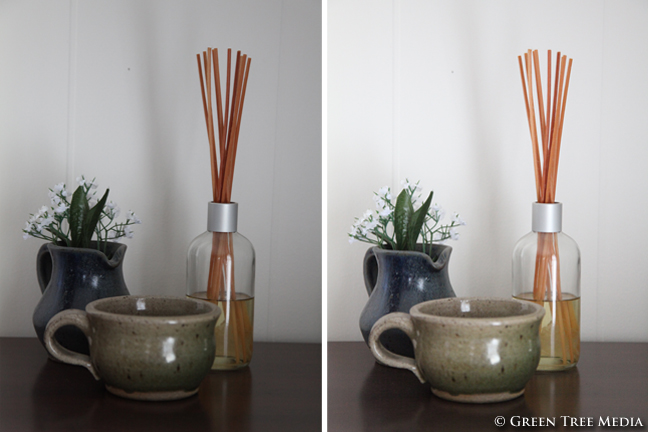How Does Your Camera Work? ISO
Well we’ve discussed the history of the camera and a little about what’s going on inside your camera when you take a picture. Today, I am going to cover some of the basic features you can alter on your camera that effect what kind of photograph you will be taking or making.
In the last post, I talked about how light enters your camera to create the picture on your film or digital light sensor. All of the controls I will be going over directly relate to how much light is being brought into your camera and how that effects your end result. In this edition I will be covering ISO.
ISO is probably the one feature you hear the least about when you are looking up photography online, and yet it plays a very significant role in the kind of images you will produce. ISO stands for International Standardization of Organization. ISO originally related to the type of film you purchased. ISO originally related to the type of film you purchased. The higher the ISO number of your film, the more sensitive the surface of your film was (and the faster your film’s exposure speed was).
When I first started learning about photography (years and years ago), I primarily concerned myself with ISO in relation to where I was taking photos and the time of day. Indoors you would want a much higher ISO film or setting, such as ISO 6400. Whereas outdoors you may drop down as low as ISO 200. Just imagine how many different rolls of film a wedding photographer would have needed to be able to create the correct exposures inside a dark church and then outside the church as the bridal party was leaving.
Here’s a quick example:

One of the drawbacks to a higher ISO setting is that the images often have more NOISE. It’s not that it’s bad. Some people just don’t like this look or effect on their images. Noise is more noticeable on the darker areas of a picture, you’ll see those tiny little dots that resemble little grains. You can see them a bit in the image on the right.
This logic still applies to today’s digital cameras. The ISO numbers still correlate to your digital sensor’s sensitivity to the light you are letting in. So the higher your ISO number – the faster your sensor is exposed to the light and the more light you are letting into your camera.
I hope this helped you understand ISO settings a little better. Next time I’ll be explaining shutter speed and how it affects your images.
Have a wonderful weekend!
Contact Me | Visit My Website | Join the Facebook Fan Page | Follow Me on Twitter
